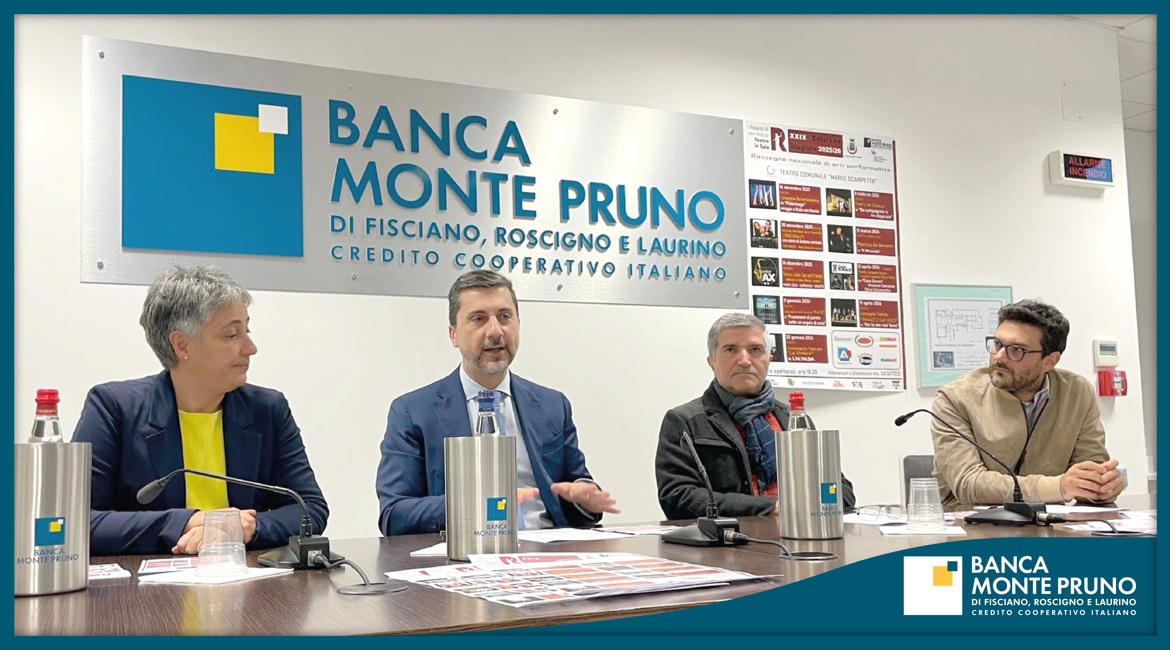The unregulated phenomenon of family influencers: children as content, children used as sponsors.

A bath, breakfast, the first day of school. On Instagram and TikTok, childhood is increasingly trending : a perfect topic for generating likes and community. But behind the constant posting of images of their children by parents—the now infamous sharenting —lies a question that questions society and the law: to what extent is it appropriate to expose children online ? Terre des Hommes attempts to answer this question with the research "Aware Protagonists? The Protection of Minors in the Era of Family Influencers," conducted in collaboration with the Institute of Advertising Self-Discipline (IAP) and the Catholic University.
Childhood on displayThe study analyzed 1,334 pieces of content published by 20 Italian family influencers , revealing a reality that is now clear to everyone: at least one child appears in 46% of posts , and in a third of advertisements, children become an active part of the promotion – unwrapping products, showing them, talking about them – like small and unaware promoters.
The most striking aspect is their age: nearly 80% of minors are under five years old , and therefore unable to understand the meaning of being filmed. Only in 7% of posts are faces obscured or hidden, a percentage that drops to just 2% in sponsored content. Even more alarming: nearly three out of ten posts feature intimate moments —baths, diaper changes, crying, bedtime—or scenes of anger and sadness . In only 0.65% of cases does the child explicitly object to being filmed, but in 63% of cases, they appear in the background unknowingly.

"When a parent turns their child into part of a commercial enterprise, they assume a dual role: parent and employer ," explains Federica Giannotta, Advocacy Manager at Terre des Hommes. "This can undermine the trust on which childhood is founded. The staging of private moments undermines the sense of protection and the ability to distinguish reality from fiction." Yet, contrary to popular belief, showing off their children doesn't increase parents' popularity on platforms: average engagement remains stable because the audience follows the adult, not the children.
Rules and responsibilitiesHence the call to regulate child labor on social media . Terre des Hommes supports the bill currently being considered in the Senate, which would equate minors' participation in commercial content with other forms of child labor , requiring prior approval of posts by the Provincial Labor Directorate and depositing earnings into accounts in the children's names.

The association also proposes a registry for influencers , where they can declare sponsored content featuring their children, to be evaluated in conjunction with the Institute for Advertising Self-Discipline. But protection isn't just a matter of law. " Social media offers opportunities but also creates vulnerabilities," warns Elisabetta Locatelli, a researcher at the Catholic University. "The overexposure of minors and the lack of boundaries between private and professional life make it urgent to regulate and train parents ."
Towards a new awarenessNot everyone, however, chooses the path of total exposure. "I wonder if our desire to share is worth the risk of contributing, even unknowingly, to a world without borders. Protecting also means choosing not to expose," says Iranian activist Pegah Moshir Pour . Aurora Ramazzotti agrees: "I choose to protect my son, even if he's only marginally part of my narrative. I want to show that there's a middle ground." This position is also shared by the creators of Papà per scelta , Christian De Florio and Carlo Tumino: "We want to be the final decision makers on the presence of children in sponsored content. We've said no to various scripts: for us, children should never act."
A middle ground, indeed. Where family life can be told, but without turning childhood into a spectacle. Because growing up—even in the age of social media—must remain a right, not a mere content.
Luce







